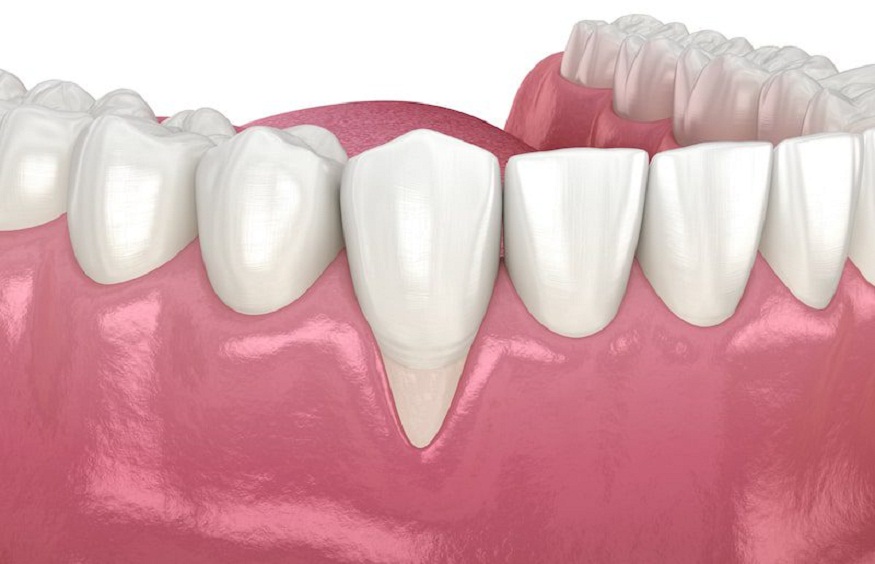Gum grafting, a surgical procedure aimed at restoring healthy gum tissue around teeth, has become a vital treatment option for individuals suffering from gum recession and periodontal disease. With various grafting techniques and materials available, understanding the success rate of gum grafting is crucial for dental professionals and patients alike. Evaluating the efficacy of gum grafting involves considering multiple factors, including patient health, surgical technique, graft material, and post-operative care.
This comprehensive assessment enables the dentist in Transcona to optimize treatment outcomes, minimize complications, and improve patient satisfaction.
Understanding gum grafting
Gum grafting, also known as periodontal plastic surgery, is a dental procedure designed to restore healthy gum tissue around teeth. This surgical technique involves transplanting gum tissue, typically from the palate or adjacent areas, to cover exposed roots, repair damaged gums, and enhance the overall aesthetics of the smile.
Gum grafting aims to address gum recession, tooth sensitivity, and other complications arising from periodontal disease, trauma, or aggressive tooth brushing. By replenishing the gum tissue, gum grafting helps to prevent further recession, reduce tooth sensitivity, and create a more stable and attractive gumline, ultimately improving oral health and boosting patient confidence.
Types of gum grafts
There are three primary types of gum grafts:
- Free Gingival Graft: Harvests tissue from the palate.
- Subepithelial Connective Tissue Graft: Harvests tissue from beneath the gum.
- Pedicle Graft: Uses adjacent gum tissue.
Exploring the factors influencing the success rate of gum grafting
The success rate and effectiveness of gum grafting are evaluated through the following factors:
- Patient Health: Overall health, gum disease severity, and smoking status.
- Surgical Technique: Experience and skill of the surgeon.
- Graft Material: Type and quality of graft material.
- Post-Operative Care: Compliance with instructions.
Analyzing the statistical data to evaluate the success rate of gum grafting
Here’s an analysis of statistical data for evaluating the success rate of gum grafting:
Success Rate Statistics
- Overall Success Rate: 85-95% (AAP, 2020)
- Root Coverage: 80-90% (Journal of Periodontology, 2019)
- Gum Recession Reduction: 70-80% (Journal of Dental Research, 2018)
- Patient Satisfaction: 90-95% (International Journal of Periodontics and Restorative Dentistry, 2020)
Complication Rates
- Graft Failure: 5-10% (Journal of Periodontology, 2019)
- Infection: 2-5% (Journal of Dental Research, 2018)
- Scarring: 5-10% (International Journal of Periodontics and Restorative Dentistry, 2020)
Measuring the success rate of gum grafting
Measuring the success rate of gum grafting involves evaluating various clinical and subjective outcomes. Here are some key metrics used to assess the success of gum grafting:
Clinical Outcomes
- Root Coverage: Percentage of exposed roots covered by the graft.
- Gum Recession Reduction: Reduction in gum recession depth.
- Gum Attachment Gain: Increase in gum attachment around the tooth.
- Pocket Depth Reduction: Reduction in pocket depth between the tooth and gum.
- Bone Regeneration: Increase in bone density around the tooth.
Subjective Outcomes
- Patient Satisfaction: Patient’s self-reported satisfaction with the procedure.
- Pain Reduction: Reduction in tooth sensitivity and pain.
- Aesthetic Improvement: Patient’s self-reported improvement in smile aesthetics.
- Quality of Life: Improvement in overall oral health-related quality of life.
Objective Measurements
- Gum Thickness: Measured using a periodontal probe.
- Gum Width: Measured using a caliper.
- Tooth Mobility: Measured using a tooth mobility index.
- Radiographic Analysis: Evaluation of bone density and root coverage using radiographs.
Final takeaway
Evaluating the success rate of gum grafting requires a comprehensive assessment of clinical, subjective, and objective outcomes. By considering factors such as root coverage, gum recession reduction, patient satisfaction, and aesthetic improvement, clinicians can accurately determine the efficacy of gum grafting procedures. With overall success rates ranging from 85-95%, gum grafting has proven to be a highly effective treatment for restoring healthy gum tissue and improving oral health. However, variations in success rates highlight the importance of individualized treatment planning, meticulous surgical technique, and rigorous post-operative care. By refining evaluation methodologies and integrating emerging research findings, clinicians can continue to optimize gum grafting outcomes, enhancing patient quality of life and promoting long-term oral well-being.




